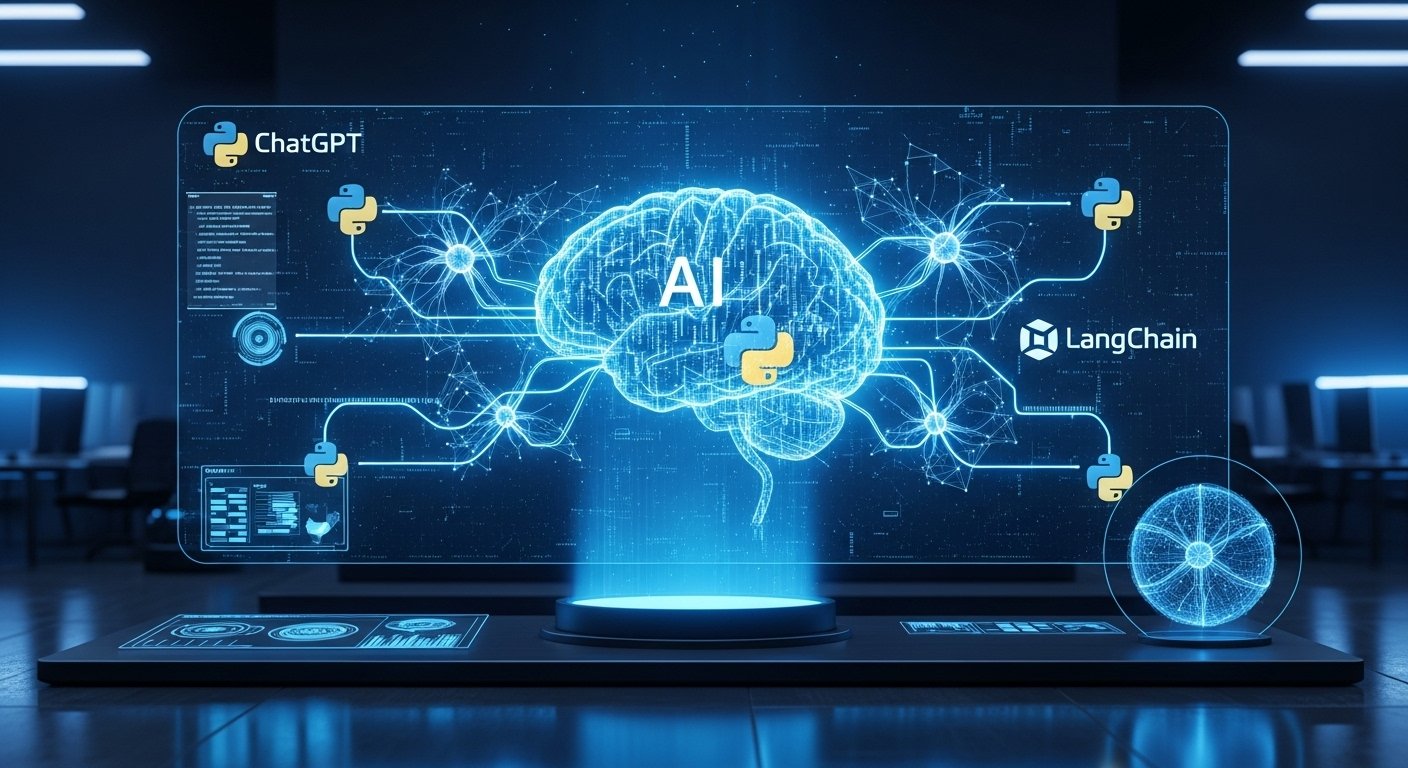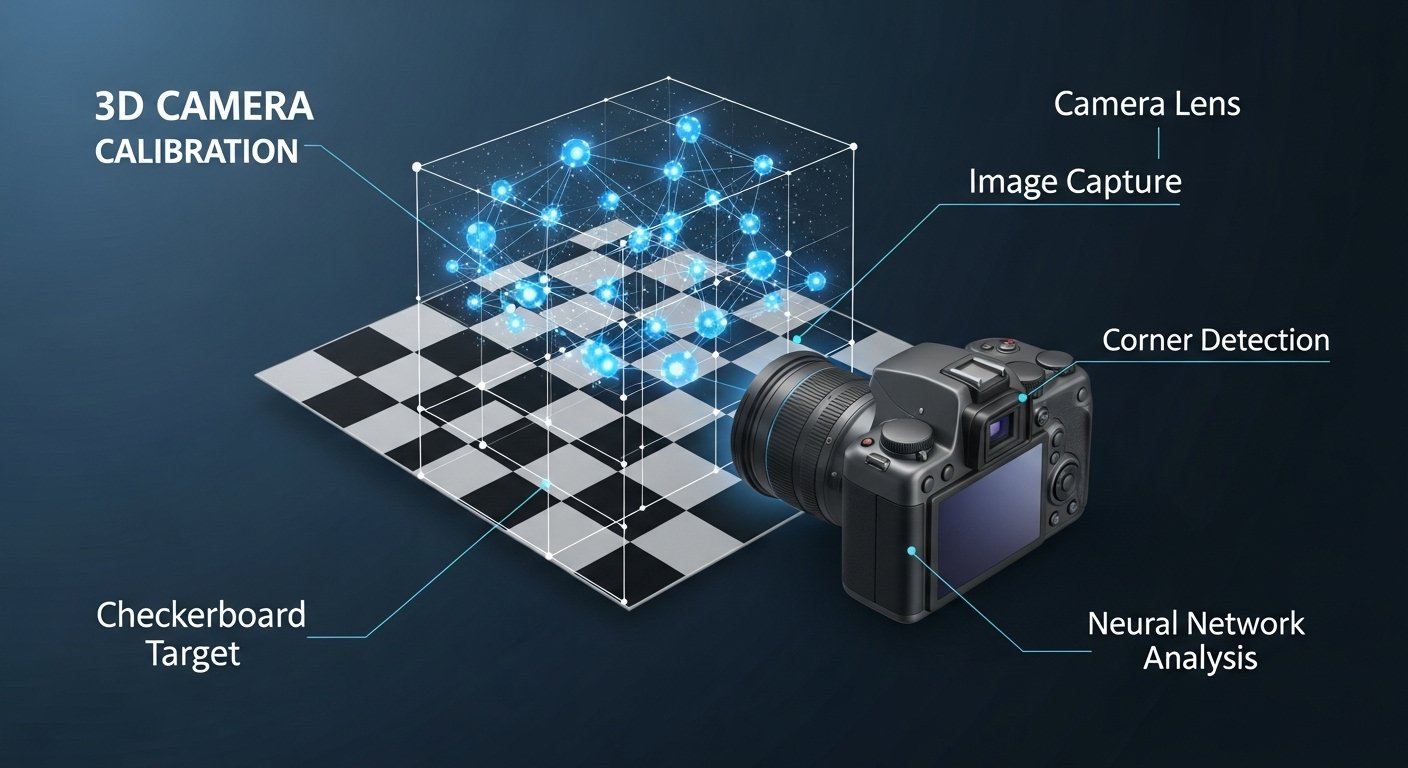In the last few years, Generative AI has evolved from an experimental technology into a powerful engine driving real-world innovation. From writing assistants and chatbots to image generation and autonomous agents, tools like ChatGPT and frameworks like LangChain have opened the door for developers to create intelligent, conversational systems using just Python.
If you’ve ever wondered how to build your own AI-powered chatbot, automate content generation, or connect language models with live data, mastering Generative AI from ChatGPT to LangChain in Python is your gateway. This guide will help you understand how these technologies work together — and how you can use them to create real business value.
What Is Generative AI?
Generative AI refers to machine learning models capable of creating new content — text, code, images, music, or even video — based on the data they’ve learned from. Unlike traditional AI, which classifies or predicts, generative AI “creates”.
Some well-known examples include:
-
ChatGPT for text and conversation generation
-
DALL·E or Stable Diffusion for image creation
-
Copilot for code generation
-
Synthesia for AI-generated videos
Python has become the language of choice for generative AI because of its rich ecosystem — libraries like OpenAI API, LangChain, Hugging Face Transformers, and PyTorch make experimentation and deployment seamless.
Why Generative AI Mastery Matters
Generative AI isn’t just a trend — it’s shaping the next decade of digital innovation.
Here’s why mastering it matters:
-
High Demand for AI Engineers: According to LinkedIn, AI-related roles are among the fastest-growing jobs globally.
-
Empowers Entrepreneurs: Businesses can automate workflows, enhance customer support, and personalize user experiences using generative models.
-
Bridges Human Creativity and Machine Intelligence: Developers and creators can leverage AI to boost productivity and imagination simultaneously.
-
Accessible Technology: With tools like ChatGPT APIs and LangChain, you don’t need to be a data scientist to build intelligent applications.
Understanding ChatGPT: The Foundation of Conversational AI
What Is ChatGPT?
ChatGPT is a large language model (LLM) developed by OpenAI, based on the GPT (Generative Pre-trained Transformer) architecture. It can understand context, answer questions, generate text, write code, and simulate human-like conversation.
It works in three steps:
-
Pre-training on massive datasets of text and code
-
Fine-tuning using reinforcement learning and human feedback
-
Deployment through APIs and interfaces like OpenAI’s ChatGPT
How ChatGPT Is Used in Real Life
-
Customer Support Bots (e.g., Shopify’s AI helpdesk)
-
Content Creation Tools (like Jasper or Copy.ai)
-
Education Platforms that personalize learning
-
Programming Assistants such as GitHub Copilot
By integrating ChatGPT into Python applications, developers can create natural, dynamic, and context-aware interactions.
Introducing LangChain: The Missing Link for AI Application Development
What Is LangChain?
LangChain is an open-source framework designed to make it easier to build applications powered by large language models (LLMs). While ChatGPT handles the intelligence (language understanding), LangChain provides the infrastructure — helping you connect your LLM to data sources, memory, tools, and workflows.
Think of LangChain as a bridge between ChatGPT and your real-world application.
Core Features of LangChain
-
Prompt Management: Create and manage complex prompts easily.
-
Memory: Store context from previous interactions for conversational continuity.
-
Tool Integration: Connect APIs, databases, and files.
-
Retrieval-Augmented Generation (RAG): Combine LLMs with external knowledge bases for accurate answers.
-
Agents: Build autonomous systems that make decisions or perform tasks dynamically.
Why LangChain Is a Game-Changer
Before LangChain, developers had to manually connect LLMs with other systems. LangChain abstracts that complexity — letting you focus on logic rather than infrastructure.
For example:
In just a few lines, you’ve connected GPT-4 to a functional AI workflow — thanks to LangChain.
Building Generative AI Projects in Python
To master generative AI, you need hands-on experience. Below are practical projects you can build to reinforce your learning.
1. AI-Powered Chatbot
Integrate ChatGPT with LangChain to build a chatbot that remembers conversations, retrieves documents, and gives intelligent responses.
2. AI Content Generator
Create a Python script that uses OpenAI’s API to generate SEO blog posts or social media captions automatically.
3. Code Assistant
Develop a LangChain agent that reads your GitHub repo and provides code explanations or documentation suggestions.
4. Knowledge Assistant (RAG System)
Combine LangChain, FAISS, and OpenAI embeddings to create a knowledge retrieval system for internal company docs.
Real-World Use Cases of Generative AI
Here’s how organizations are already using these technologies:
-
Healthcare: Summarizing patient notes and automating diagnoses documentation.
-
Finance: Automating compliance checks and report generation.
-
Education: Personalized tutoring powered by LLMs.
-
Marketing: Hyper-personalized ad and copy creation.
-
Software Development: Code generation, bug detection, and documentation assistance.
According to a 2024 McKinsey report, generative AI could add $4.4 trillion annually to the global economy — a clear sign of its transformative potential.
Step-by-Step: How to Get Started with Generative AI in Python
-
Install the Required Libraries
-
Set Your API Key
-
Create a Simple LLM Pipeline
-
Enhance with Memory or Tools
Add memory to make your chatbot recall past messages or integrate APIs for real-time data.
Challenges in Mastering Generative AI
While the tools are accessible, there are still challenges:
-
Model Bias: LLMs can sometimes generate biased or incorrect outputs.
-
Cost Management: API usage can get expensive for large-scale applications.
-
Data Privacy: Sensitive information must be handled responsibly.
-
Skill Gap: Understanding how to prompt and chain models effectively takes practice.
Overcoming these requires consistent experimentation, community learning, and staying updated with new releases from OpenAI and LangChain.
Tips to Excel at Generative AI Development
-
Master Prompt Engineering — The better your prompt, the smarter your output.
-
Use Vector Databases like Pinecone or FAISS for scalable RAG solutions.
-
Experiment with Different Models — GPT-4, Claude, Gemini, and others.
-
Track Outputs to ensure factual accuracy and reduce hallucinations.
-
Collaborate with the AI Community — Join GitHub, Reddit, or Discord groups for LangChain and OpenAI.
The Future of Generative AI: Beyond ChatGPT and LangChain
The next frontier is AI orchestration — combining multiple AI tools and models that work together intelligently. LangChain already supports multi-agent systems, and Python frameworks like AutoGen or CrewAI are taking it further.
Expect to see:
-
More domain-specific LLMs
-
Edge AI applications powered by smaller, local models
-
Deeper integration with databases, APIs, and IoT devices
-
Voice and multimodal AI becoming mainstream
Generative AI mastery is not just about tools — it’s about learning how to think and build with AI.
Conclusion
Mastering Generative AI: From ChatGPT to LangChain in Python is about blending creativity with logic. You’re not just coding — you’re co-creating with artificial intelligence.
By understanding the fundamentals of ChatGPT, leveraging LangChain for orchestration, and using Python as your base, you can build intelligent applications that make a real-world impact.
Remember, start small, experiment often, and keep learning — because in the world of AI, evolution never stops.
FAQ
Q1. Do I need deep AI experience to start?
No. Basic Python skills are enough to get started with OpenAI APIs and LangChain.
Q2. Is LangChain free to use?
Yes, LangChain is open-source, though you’ll pay for API usage (like OpenAI or other model providers).
Q3. What’s the difference between ChatGPT and LangChain?
ChatGPT is a model (the brain), while LangChain is a framework (the wiring and memory) that helps the model work effectively in apps.
Q4. Can I deploy LangChain apps to production?
Absolutely. Many developers use FastAPI, Docker, or Streamlit to deploy AI apps built with LangChain.
Q5. What’s next after mastering ChatGPT and LangChain?
You can explore Autonomous Agents, RAG pipelines, or fine-tuning your own LLMs for domain-specific use cases.







Leave a Reply